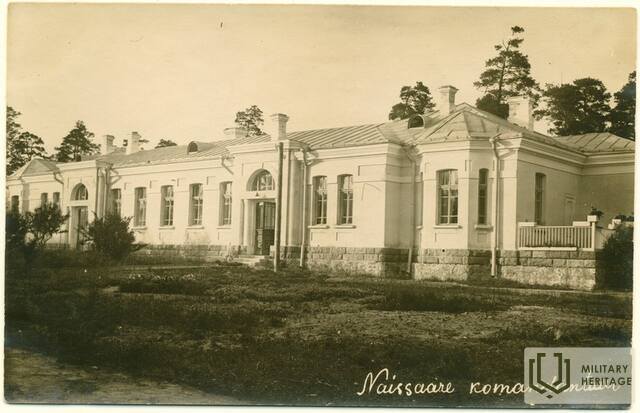Naisaro sala Infrastruktūra

This island, which covers 19 square kilometres in the Bay of Tallinn, was acquired by the Imperial Russian Navy in 1912, forcing out the locals. The navy built ports, railways and coast batteries as part of Peter the Great's Naval Fortress on the island. During World War I and the War of Independence, the island also held a prisoner-of-war camp. The newly independent Republic of Estonia retained the island as part of the established coastal defence system, but allowed the locals to return to it. During the Soviet occupation, the island was under the control of the military, who built a naval mine depot and factory there. The buildings and equipment left behind on Naissaar by the Soviet Army can still be partially explored today. The network of bunkers designed to form the naval fortress goes deep underground. Some of the bunkers and artillery mounts are still accessible. A full tour of the island can be taken in a day. The island used to be covered with a dense railway network connecting the military facilities. This is why the remaining tracks are a great trail guide for touring the island.
Naissaar is home to 40 kilometres of narrow gauge railways, the laying of which began in 1913 during the czarist era. The railway network was also partially used during the era of independence and during the Soviet occupation. Today a 2.4 kilometre segment of it has been restored. The Museum of Coastal Folk has various exhibitions on display for visitors to the island providing a more elaborate overview of the island's history. A military exhibition is on display in the Soviet-era career soldiers' living quarters in Männiku village, which showcases both the island's earlier and more recent military past. Naissaare lighthouse is hosting an exhibition called 'Naissaar on old postcards', which depicts the island during its heydays.
Panaudoti šaltiniai ir literatūra:
Eesti sõjaajaloo teejuht, Tallinn 2010. Compiled by K. Luts











